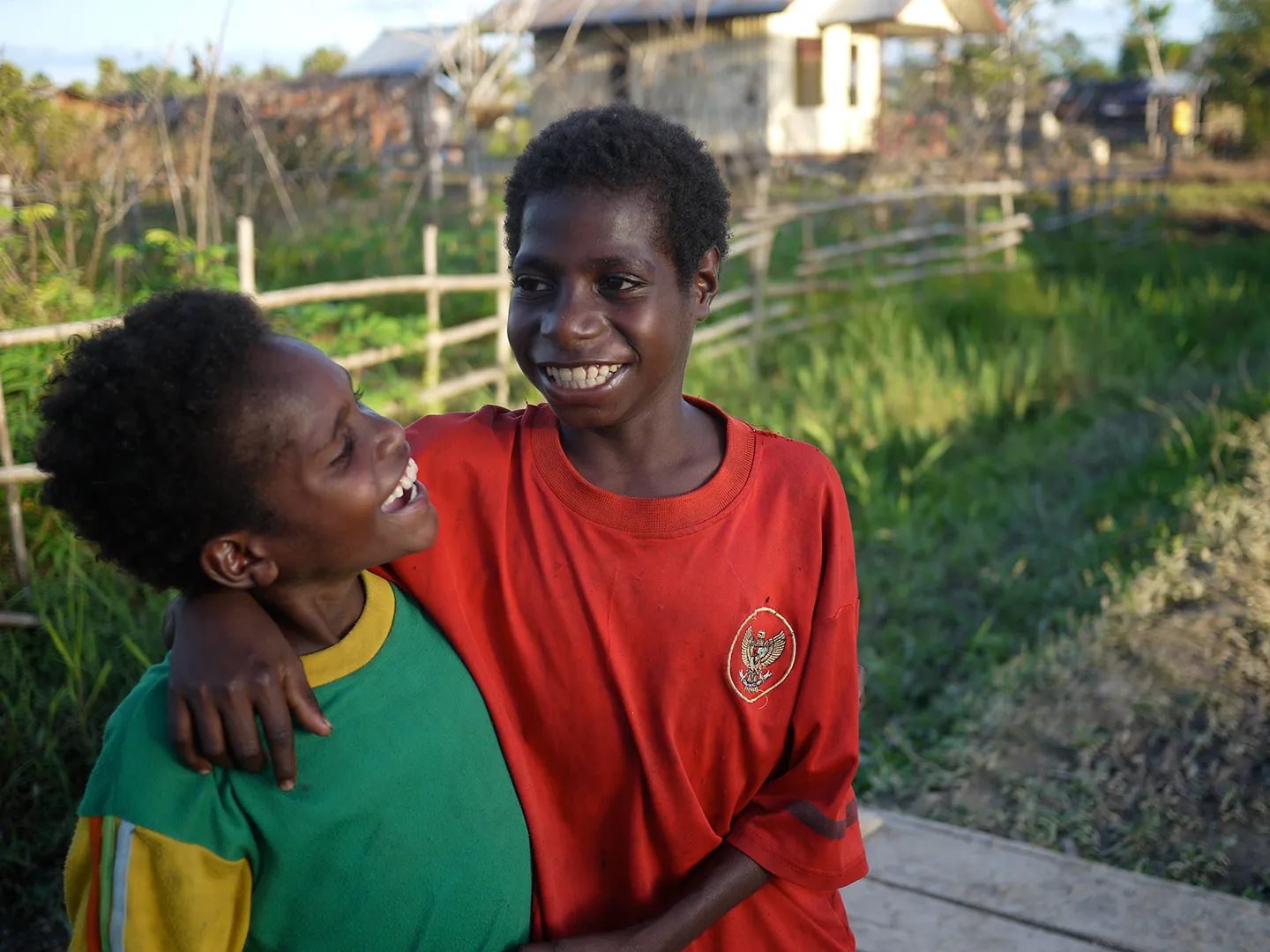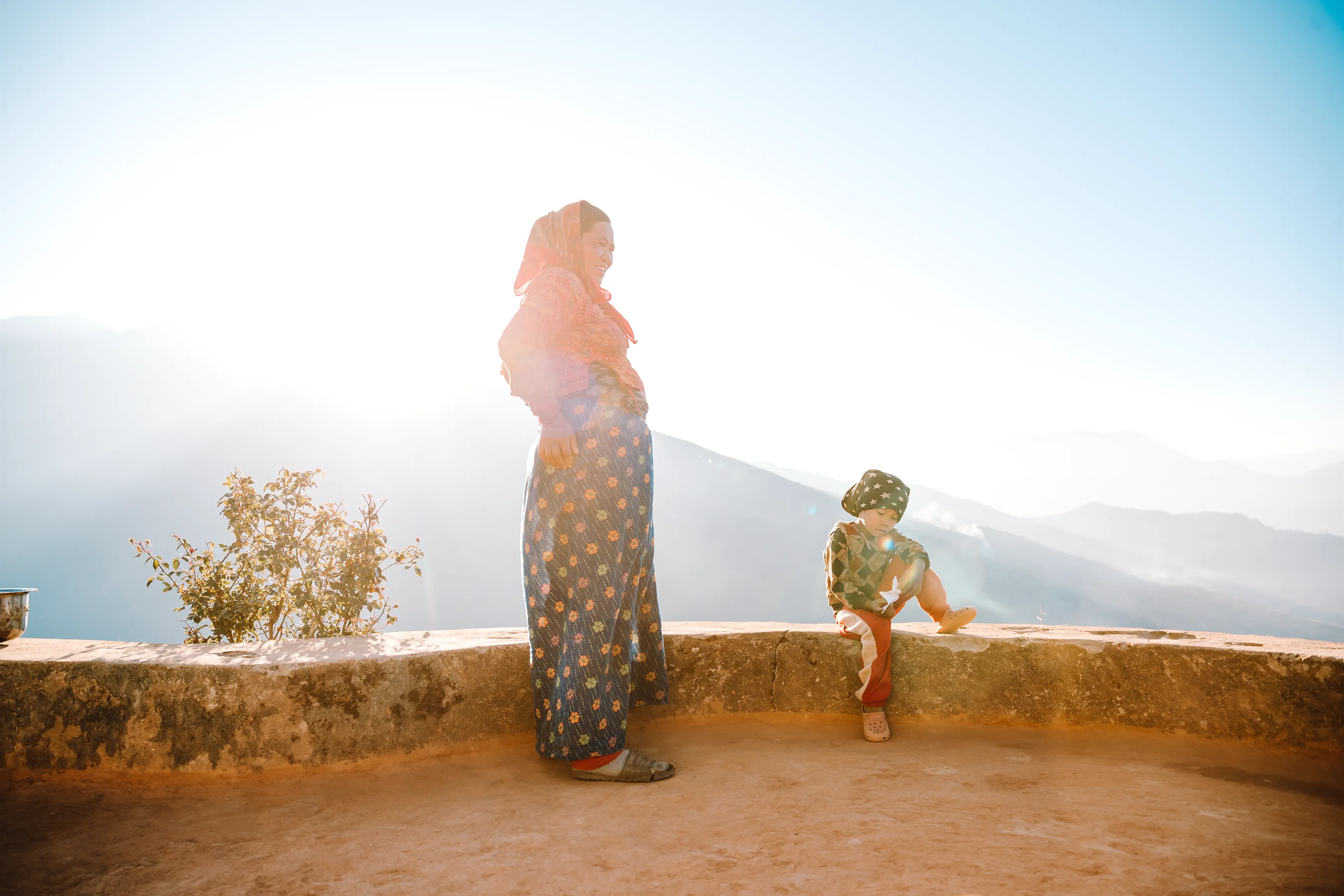Cover, Shell & Home: Welcome to the Nomad’s Tent
Come with us to the steppes of Asia, where many continue to spend at least part of the year following their herds and living in sturdy tents.
This box is used to determine what content is shared through the social share feature. This will not be visible when published to the live site.
Twitter Share Info:
pioneersusa
Copy to Clipboard link:
Code & Content Empowering Email Share Functionality

Last updated on
A Commnet photographer was invited to visit a nomad family’s traditional tent and shares the experience with us. As you scroll through these images, pray for the people you see and thousands more who share their way of life. What do you think Jesus would say to them?

On the vast steppes of East Asia, nearly 30% of the population still leads a nomadic lifestyle. Central to this way of life is the traditional tent, portable, round and covered in durable waterproof canvas. The local term means cover, shell and home. In America, we would call it a yurt. On a day dipping below -30° Celsius (-22 Fahrenheit) I knew I would be grateful to step inside one.

Greeted by the host’s daughter, my mind quickly filled with questions. Do I remove my boots outside? Is there a customary greeting for entering a home? Do I let her lead the way or go in first?! I hoped I wouldn’t embarrass myself by hitting my head while ducking through that door!

As it turns out, there was no need to remove my footwear, but they told me I should step across the threshold, not on it. I was greeted warmly and quickly offered what looked like a cup of hot milk. The steaming mug warmed my cold hands, and a cursory sip surprised my tastebuds. As it turns out, this milk beverage contained tea and salt! Salted milk tea! I’m not sure it was delicious, but it made for a memorable experience.

My host asked me to sit at the spot farthest from the door. As it turns out, this spot is customarily reserved for the most senior (old) guests. I guess that’s me. Ha! We all had a good chuckle.

Central to life in a tent is a wood or coal-burning stove. Without it, life simply wouldn’t be possible. Not only is it a source of heat, but it’s also used for cooking. Though air quality suffers indoors and out, I must admit there’s something wonderful about the smell and sound of a wood fire.

People here enjoy steamed meat dumplings, typically made with a thicker wrapper than you might find elsewhere. They also have a slightly gamey flavor profile due to mutton and extra fat. A beloved national dish, these dumplings are a culinary staple and welcome on any occasion.

In the center of the roof is the wooden “crown” of the tent. Though a tent may be rebuilt, the crown will often remain intact. It’s even passed along from father to son. It’s both a decorative and functional element, controlling ventilation and light.

This close-up photograph captures a painted detail on one of the interior roof supports. Orange is a symbol of peace, joy and contentment. Historically, it was a readily available dye color. In the Buddhist religion, the color suggests the highest state of illumination.

Take note of the blue shape in this design. Ethnographic researchers believe nomads created this ornament by replicating wild animals’ long, curved horns. These designs also decorate palaces, monasteries and furniture. In this case, they adorn the front of a trunk passed down from mother to daughter for several generations.

These seemingly simple throw pillows are also clothing storage in disguise. With space at a premium, the clothes are swapped out as the seasons change. Brilliant!

Traditionally, the single door of the tent will face south, allowing for maximum sunlight—particularly during the warmer months. In the winter, you’ll find thick insulation fixed to the door to keep things toasty inside.

Though it makes sense that local people would be accustomed to the cold, it was shocking to me how comfortable they were. On this sunny day, the temperature still dipped to a “real feel” of -40 Celsius (which is also -40 Farenheit). In my hat, scarf, gloves and multiple layers, I was in awe of this little girl, seemingly unbothered by the cold.
Going Deeper
Check out these other related articles













